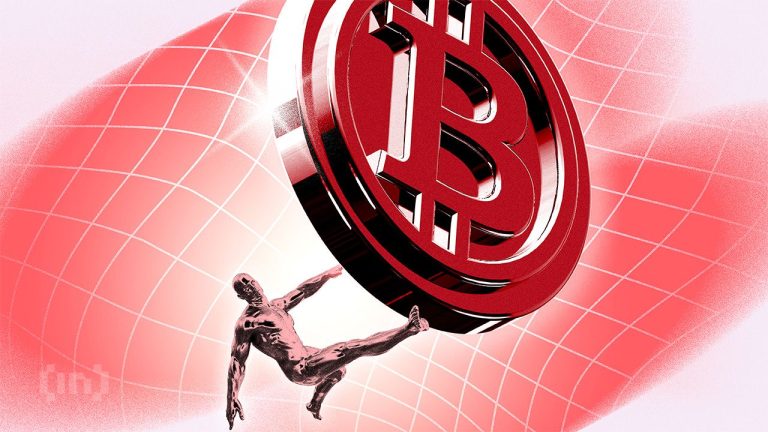
The Evolution of E-commerce by 2025: Trends and Predictions
The Evolution of E-commerce by 2025 is an exciting topic that has garnered significant attention in recent years. The e-commerce industry has undergone significant transformations over the years, and by 2025, it is expected to become even more sophisticated with the integration of artificial intelligence, virtual reality, and other cutting-edge technologies.
Introduction to E-commerce

E-commerce, also known as electronic commerce, refers to the buying and selling of goods and services over the internet. The concept of e-commerce has been around for decades, but it wasn’t until the widespread adoption of the internet in the 1990s that it began to gain momentum. Today, e-commerce is a multibillion-dollar industry that has revolutionized the way people shop and conduct business.
History of E-commerce

The history of e-commerce can be divided into several stages. The first stage began in the 1960s with the development of electronic data interchange (EDI), which enabled businesses to share documents and conduct transactions electronically. The second stage began in the 1980s with the introduction of online shopping platforms, which allowed consumers to browse and purchase products from the comfort of their own homes.
Current State of E-commerce

Today, e-commerce is a rapidly growing industry that is expected to continue to evolve in the coming years. The current state of e-commerce is characterized by the widespread adoption of digital payments, the rise of mobile commerce, and the increasing use of artificial intelligence and machine learning to personalize the shopping experience.
Future of E-commerce

By 2025, e-commerce is expected to become even more sophisticated with the integration of emerging technologies such as virtual and augmented reality, blockchain, and the Internet of Things (IoT). These technologies will enable businesses to create immersive and interactive shopping experiences, enhance supply chain efficiency, and provide greater transparency and security.
Trends and Predictions

Some of the key trends and predictions for the future of e-commerce include:
- The rise of social commerce, which will enable businesses to sell products directly through social media platforms.
- The increasing use of artificial intelligence and machine learning to personalize the shopping experience and improve customer service.
- The growth of mobile commerce, which will continue to be a major driver of e-commerce sales.
- The adoption of blockchain technology, which will provide greater transparency and security in transactions.
- The integration of virtual and augmented reality, which will enable businesses to create immersive and interactive shopping experiences.
Conclusion

In conclusion, the evolution of e-commerce by 2025 will be shaped by the integration of emerging technologies, changing consumer behavior, and the need for businesses to adapt to a rapidly evolving market. As the industry continues to grow and evolve, it is essential for businesses to stay ahead of the curve and invest in the latest technologies and trends to remain competitive.





